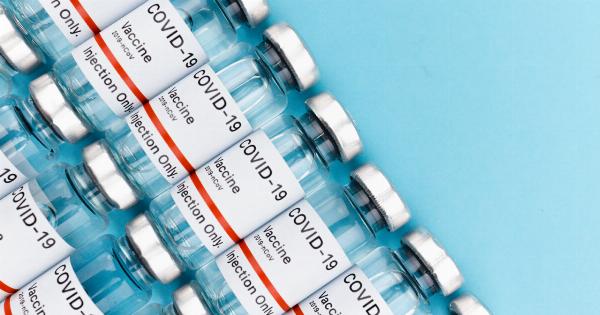Insulin, a hormone produced by the pancreas, plays a crucial role in regulating blood sugar levels and metabolism in the body. Insufficient production of insulin leads to a condition called diabetes, which affects millions of people worldwide.
For decades, scientists have been searching for ways to regenerate insulin-producing beta cells in the pancreas to treat diabetes effectively. Recently, an exciting breakthrough has been made in understanding the potential of stem cells in the regeneration of insulin-producing cells in the pancreas.
What are stem cells?
Stem cells are undifferentiated cells that have the remarkable ability to develop into specialized cell types in the body. They are the building blocks of life and are found in various tissues and organs, including the pancreas.
Stem cells can divide and differentiate into different cell types, replacing damaged or lost cells, making them a promising tool for regenerative medicine.
Stem cells in the pancreas
The pancreas harbors a small population of stem cells that possess the capacity to differentiate into insulin-producing beta cells, among other cell types.
These specialized stem cells are known as pancreatic progenitor cells and reside in specific regions of the pancreas. Understanding the mechanisms that regulate the behavior of pancreatic stem cells is crucial for developing therapeutic strategies to regenerate insulin-producing cells.
Identification of the insulin regeneration mechanism
Scientists have been studying pancreatic progenitor cells to unravel the molecular mechanisms behind their ability to differentiate into insulin-producing beta cells.
Recent studies have identified a specific pathway, involving several key molecules, that promotes the regeneration of insulin-producing cells.
1. Notch Signaling
Notch signaling is a highly conserved pathway that plays a crucial role in cell fate determination and organ development.
In the pancreas, Notch signaling influences the differentiation of pancreatic progenitor cells into different cell types, including insulin-producing beta cells. Activation of Notch signaling inhibits beta cell differentiation, while inhibition of this pathway promotes beta cell regeneration.
2. Ngn3 Gene
Among the key genes involved in pancreatic stem cell regulation is Ngn3 (Neurogenin 3). Ngn3 acts as a master regulator, controlling the differentiation of pancreatic progenitor cells into insulin-producing beta cells.
Studies have shown that increased expression of Ngn3 leads to enhanced beta cell regeneration, highlighting its potential as a therapeutic target.
3. Epigenetic Regulation
Epigenetic modifications, such as DNA methylation and histone modifications, play a crucial role in regulating gene expression.
Researchers have found that specific changes in the epigenetic landscape of pancreatic progenitor cells can induce their differentiation into insulin-producing beta cells. Understanding the epigenetic regulation of pancreatic stem cells can provide valuable insights into designing regenerative strategies for diabetes treatment.
4. Growth Factors
Growth factors are signaling molecules that regulate cell growth, proliferation, and differentiation.
Several growth factors, such as EGF (Epidermal Growth Factor) and FGF (Fibroblast Growth Factor), have been found to influence the differentiation of pancreatic progenitor cells into beta cells. Manipulating the activity of these growth factors holds promise for promoting the regeneration of insulin-producing cells.
5. Microenvironment
The microenvironment, or niche, in which pancreatic progenitor cells reside also influences their behavior and differentiation potential.
Factors secreted by neighboring cells, extracellular matrix components, and physical cues all contribute to the regulation of pancreatic stem cells. Manipulating the microenvironment to provide appropriate cues and signals can enhance the regeneration of insulin-producing cells.
Future perspectives
Understanding the mechanisms behind insulin regeneration in stem cells of the pancreas has opened up exciting avenues for developing regenerative therapies for diabetes.
While significant progress has been made, several challenges still need to be addressed before these strategies can be translated into clinical applications. Further research into the molecular pathways, epigenetic regulation, and microenvironment of pancreatic progenitor cells is necessary to refine and optimize regenerative approaches.
Conclusion
The discovery of the insulin regeneration mechanism in stem cells of the pancreas brings hope for more effective diabetes treatments.
Harnessing the potential of these pancreatic progenitor cells to differentiate into insulin-producing beta cells holds promise for regenerative therapies. With continued research and development, these findings may lead to the development of innovative treatments that could revolutionize diabetes management in the future.




























